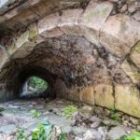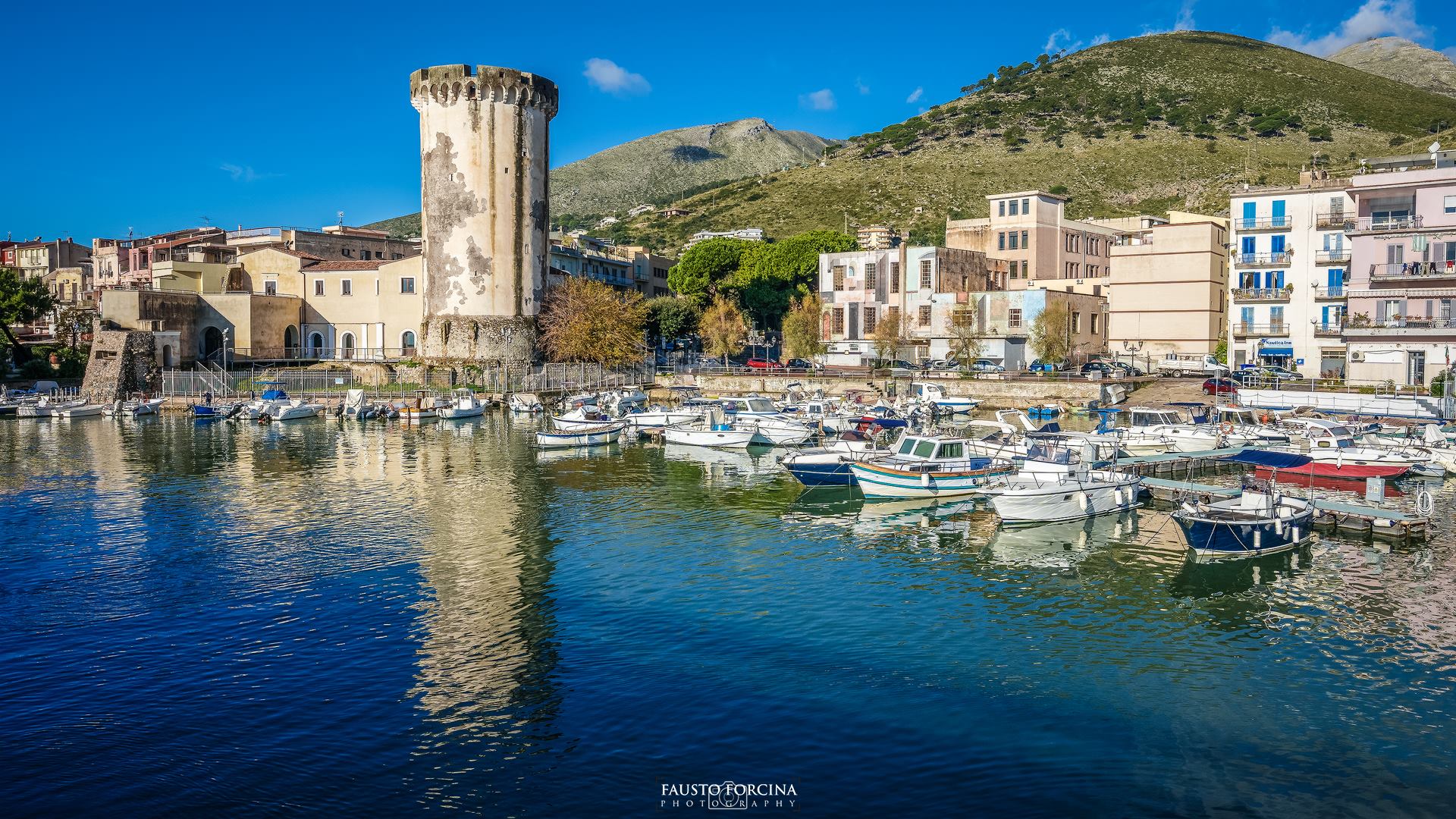
The museum was realised in 1997 and it represents the extension of a previous Antiquarium established in 1968 after the devastation, occured during the war, in a civic location dated back to the Thirties of the last century. Reorganised and considerably enhanced, it occupies a wing of the 1700s Town Hall, known as “Stalloni of the Borbons ». The collection is composed mainly of a high artistic level of sculptures, dating back between the 1st century B.C. and the 1st century A.D., a flowering period of the town. We find masculine and feminine statues of honorary value, requested by important members of the formian community (patrons, magistrates) but also from the imperial family (it’s easily recognizable Caio Caesar’s, (Augustus’ nephew), rediscovered mostly in the area of the ancient square of the city.
In the Twenties, in the same area some sculptures were discovered, then hosted in the National Archeological Museum of Naples. Recently some of them have returned to Formia’s museum: three masculines statues, a sacrificed statue, two figures dressed with feminine drapes, the head of a boy covered with a veil and the portrait of an old woman. There are also architectural elements and discoveries related to burial acts, representation of divinities and the mythological elements used to decorate the luxurious houses built by the sea.
INFO
www.polomusealelazio.beniculturali.it
Curiosity:
THE THEFT OF CICERONE’S HEAD STATUE IN FORMIA
The story of this theft, happened in our archeological museum in 1998, is really singular. In the past I have already written a post in which I noticed that, in an advanced age, Cicerone’s head had been assembled on a naked young boy’s chest, which was a diffused thing in the Roman period. I‘ve even thought that the head and the chest, could have been assembled by mistake maybe because there were found many detached parts of different statues simultaneously.
It is known that in that occasion, many shattered statues were discovered and then recomposed, in Mattej Square in the first decades postwar.
Thanks to the sequence of pictures seen in „Fondo Bove“ in Formia’s town archive it has been possible to recreate the events which happened in a different way.
For example, the first picture helps us to understand that the statue wasn’t discovered headless.
The second picture shows us the recomposed statue immediately after the discovery but not yet cleared up. The third picture shows us the body in a heroic nudity (inv. 15423), but headless because it was stolen in 1998 and never found again. The fourth picture is a particular of the head that, only after the news reported in the newspapers , was ascribed to Marco Tullio Cicerone from the archeologists and university teachers Filippo Coarelli and Paul Zanker. That was eluded from the officials of the local museum instead. Facts went like this and, unfortunately, we‘ve lost the opportunity to have a unique find of a great historical value in our museum.
We could have exposed to the entire world the face of the Great Orator, in an elderly age, that the story has linked, undoubtly to the town of Formia.


Raffaele Capolino



































